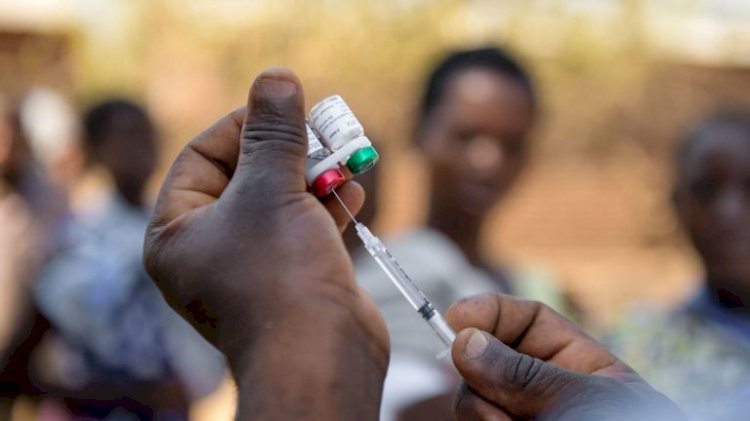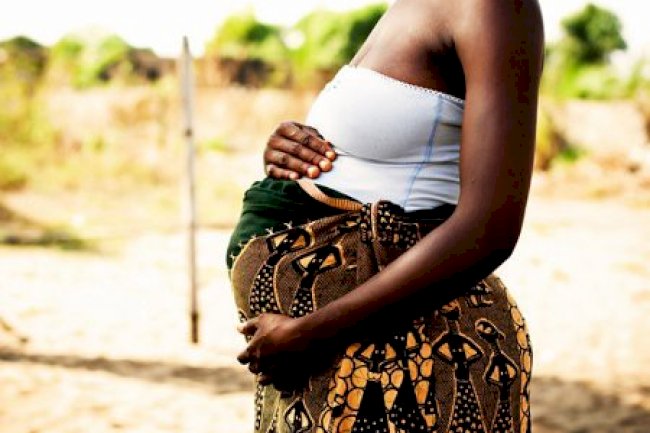Malaria - Still A Problem For Africa Today
Malaria and its effect on the continent, symptoms, treatments and ways to eradicate it.
IT IS SAID THAT EVERY 2 MINUTES A CHILD DIES OF MALARIA.
Fortunately many of this deaths are preventable and treatable. According to the world health organisation (WHO) , as at 2019 there was 230 million malaria cases worldwide, which lead to 409,000 deaths. Not surprisingly was the report of a supposedly 65% (270,000) of these deaths where children under the age of 5,( as they are the most susceptible to the disease) translating into a daily estimate of nearly 745 children. Malaria has for some time now been an urgent public health emergency. Nearly half of the world's population, most of whom live in sub - Saharan Africa, are at risk for developing malaria and facing its numerous challenges. However despite all the challenges, major improvements towards the malaria scourge have been made as a result of improved funding and programming. Between 2000 and 2019, mortality rates among young children under the age of 5 fell considerably from 84 to 67%. Success in this fight however is closely tied to continued and sustained investment with the annual funding needing to be a whooping USD $6.6 billion target.
KEY FACTS
-
Malaria is a life threatening disease caused by parasites transmitted to people through bites of infected female Anofeles mosquitoes. It is both preventable and curable.
-
Children under the age of 5 are the most vulnerable group affected by malaria.
-
The African region carries a high share of the malaria burden (probably due to the regions temperature which is suitable for the malaria parasite to grow), Africa was one time home to 94% of malaria cases and deaths.
Malaria is caused by Plasmodium parasites, the parasites are spread to people through bites of infected female Anofeles mosquitoes, called "malaria vectors". There are reportedly 5 parasite species that cause malaria in humans, and 2 of these species Plasmodium falciparum and Plasmodium vivax pose the greatest threat, the former being most prevalent in the African region.
WHO IS AT RISK OF MALARIA
Some population groups are at considerably higher risk of contacting malaria, and developing severe diseases than others. These include infants, children under the age of 5, pregnant women and the immuno compromised individuals.
WHAT ARE THE SYMPTOMS
Symptoms usually appear 10 - 15 days after the Infectious mosquito bite. Fever, headache, chills and in most individuals joint pain occurs. If not treated within 24 - 48 hours, P. Falciparum malaria can progress to severe illness, often in most cases leading to death. In children, severe malaria frequently develop symptoms such as severe anaemia, respiratory distress. Also worthy to note, in malaria endemic areas, people may develop a partial form of immunity, allowing asymptomatic infections to occur.
PREVENTIVE MEASURES WE CAN TAKE
Vector control is the most potent way to prevent and reduce the malaria transmission rate. Forms of vector control are outlined below.
-
INSECTICIDE TREATED NETS
Sleeping under an ITR can considerably reduce contract between mosquito and humans by providing both a physical barrier and an insecticidal effect.
-
INDOOR RESIDUAL SPRAYING
IRS with insecticides is another effective way to reduce malaria transmission. It involves spraying the inside structures of a house with an effective insecticide. To enhance significant community protection, IRS should be implemented at much higher levels of coverage.
-
ANTI MALARIA DRUGS
For travellers to high risk sites of the malaria parasite, chemoprophylaxis can be administered to suppress the blood stage of malaria infections, thereby preventing malaria disease. For pregnant women in such areas, 3 doses of intermittent preventive treatment with Sulfadoxine pyrimethanine at each antenatal visit after the first trimester Is advised. Similarly infants living in High risks transmission centers of Africa, are to take 3 doses of intermittent preventive treatment with Sulfadoxine - pyrimethanine is highly recommended.
DIAGNOSIS AND TREATMENT
An early diagnosis can not only help but also save life, as proper treatment can be started as quickly as is possible. The best available treatment as of now, for treating malaria particularly for P. Falciparum is the Arthemeter Lumefantrine combination therapy (ACT). Testing is carried out using a parasite based diagnostic testing (microscopy or rapid diagnostic test), before treatment is administered.
VACCINATION AGAINST MALARIA
To date RTS, S/ASO1 (RTS,S) is the first vaccine to show that it can significantly reduce malaria, and also live threatening severe malaria. It acts against P. Falciparum, among children who received 4 doses in a large scale clinical test trials, the vaccine prevented approximately 4 in 10 cases of malaria over a 4 year period.
Malaria has been and continues to be a scourge in Africa, accounting for numerous deaths especially infant mortality. It is both preventable and treatable if the right measures and approach are religiously followed. Malaria can be a thing of the past in the African continent only if the continent is willing to not only talk the talk but also walk the walk.
What's Your Reaction?


























